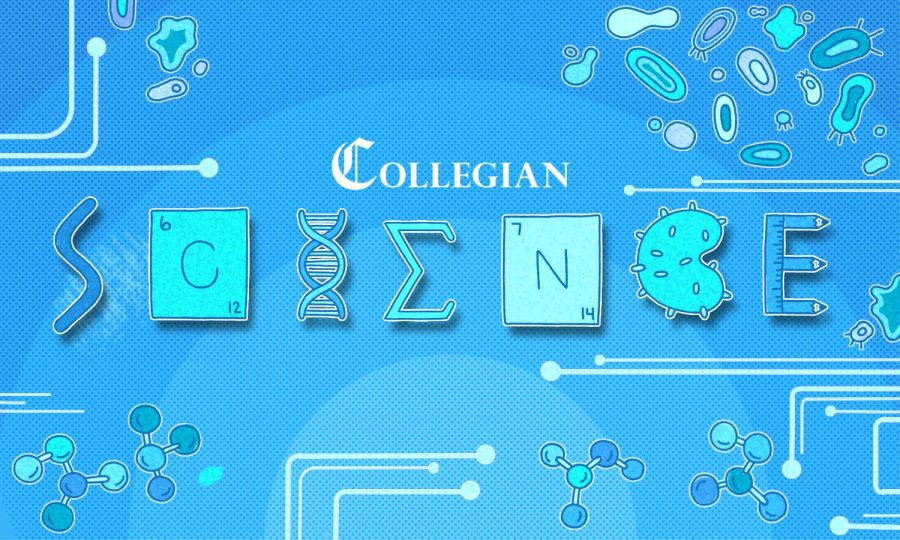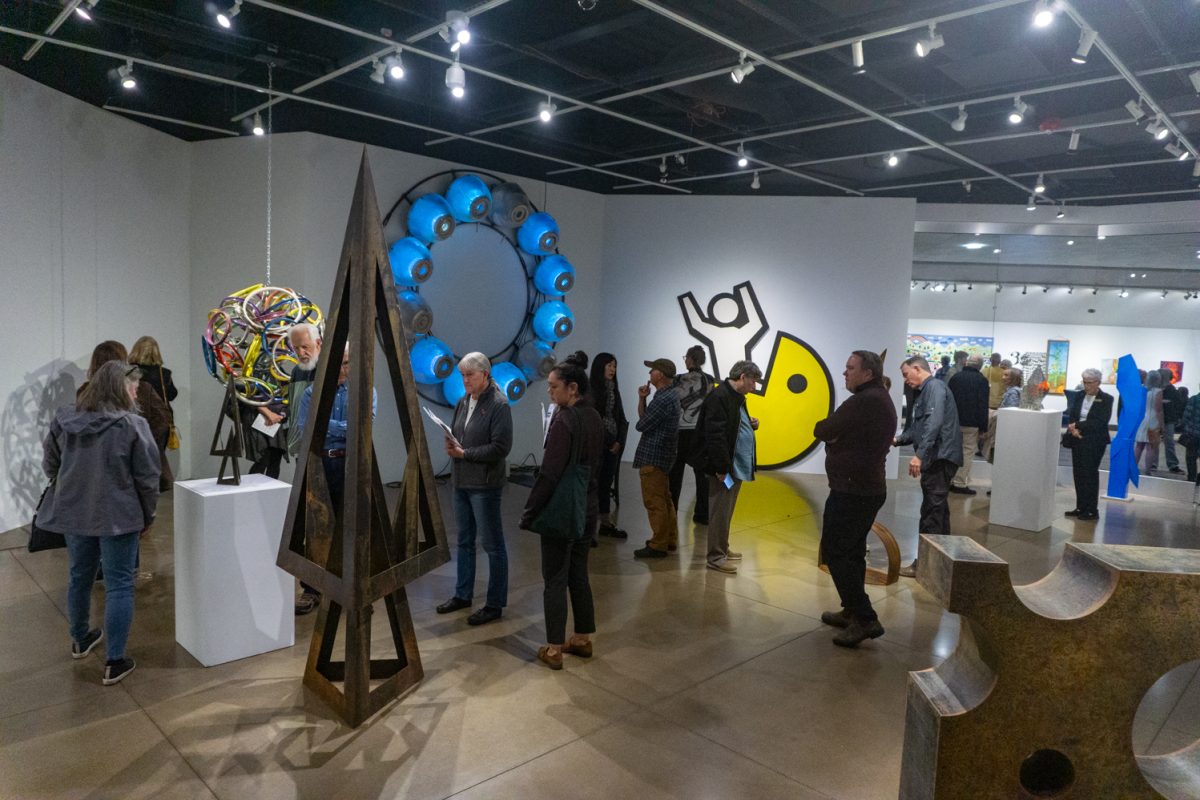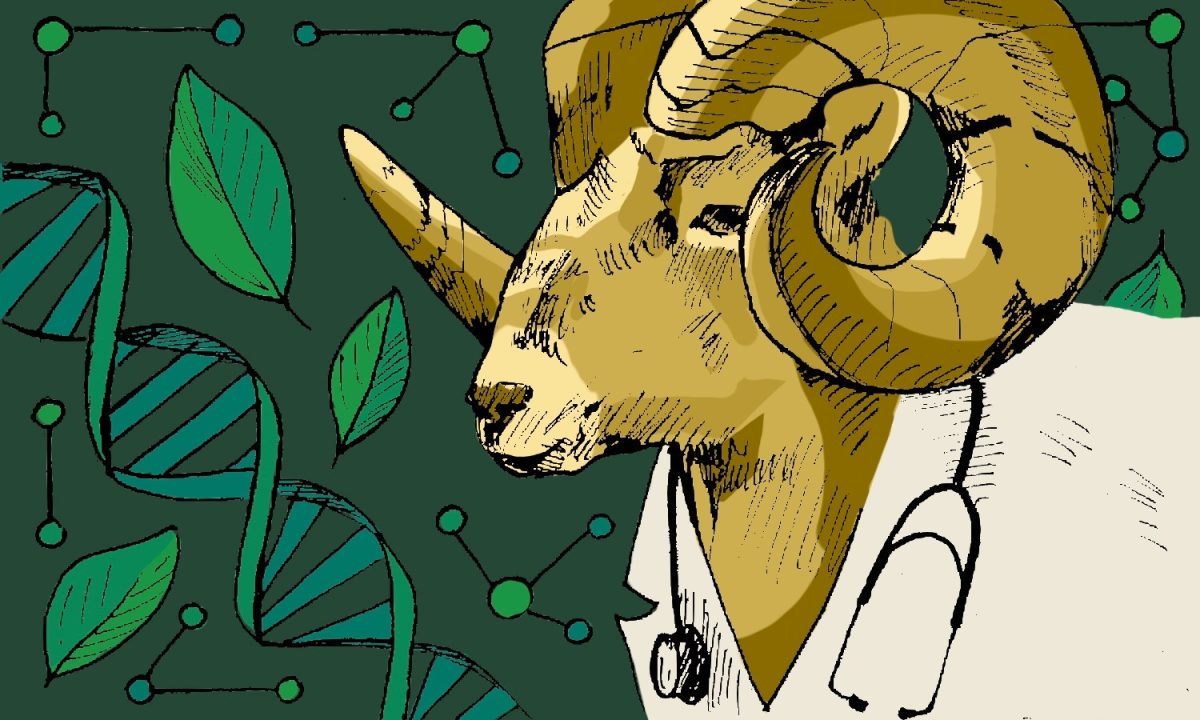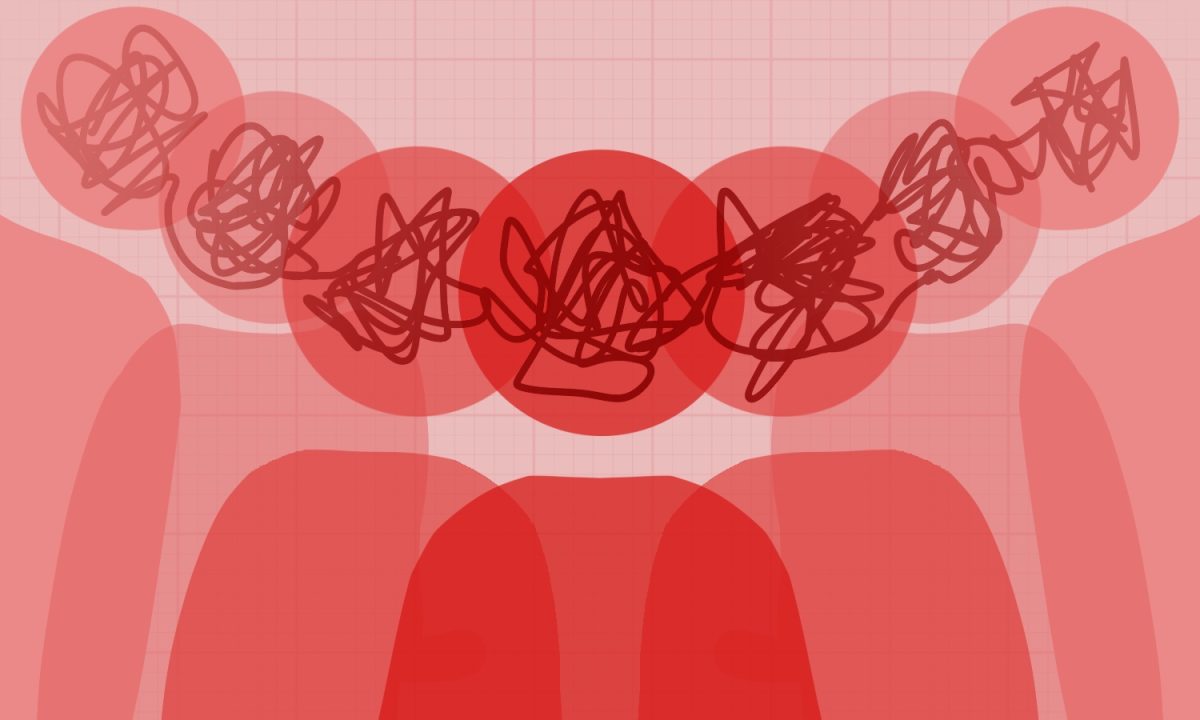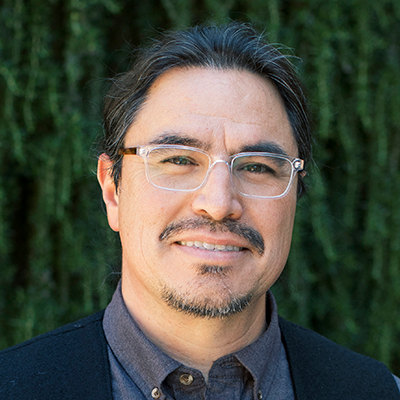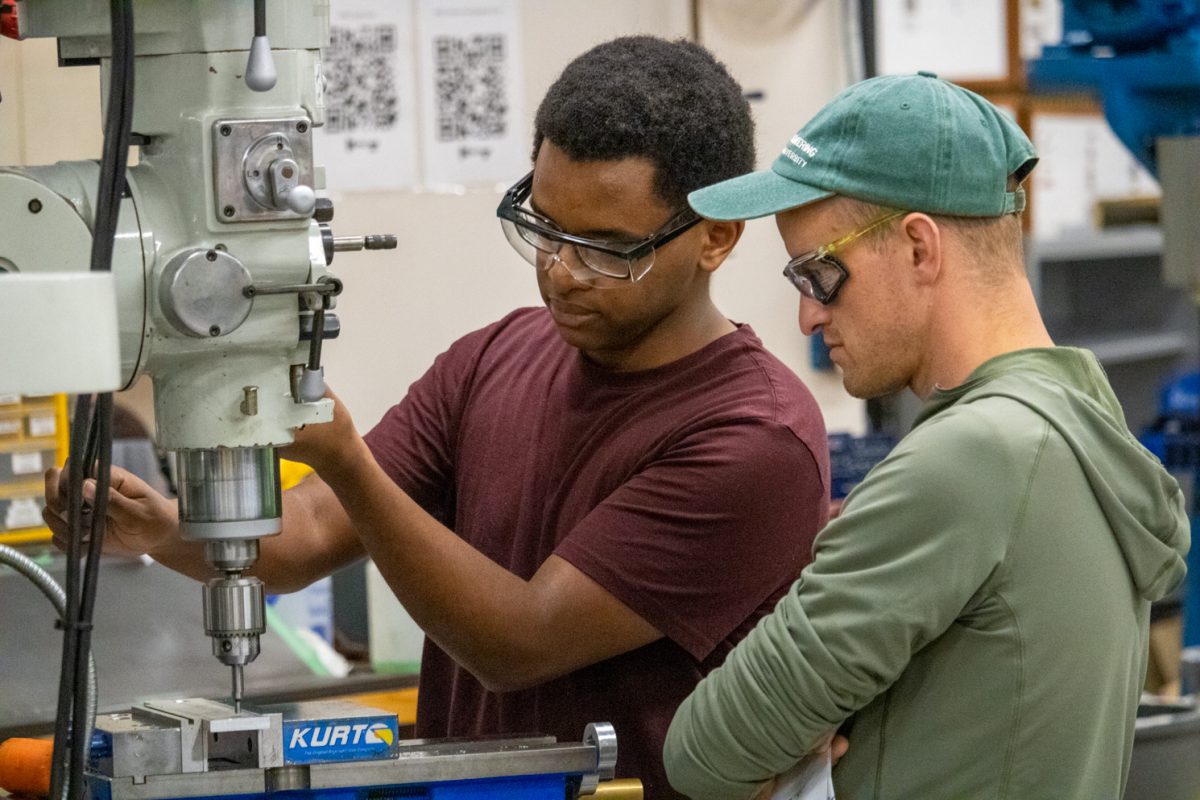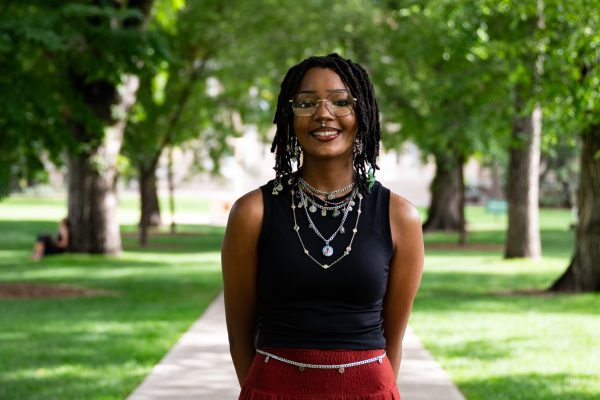Jim Hurrell and Kenneth Shockley spoke before a crowd of students and faculty Tuesday night to discuss the various perspectives surrounding human-caused atmospheric intervention to address climate change.
The talk highlighted the Colorado State University Climate Initiative, a universitywide plan that coordinates experts tasked with building a climate-resilient future in Colorado through education, research and engagement.
“Who gets to set the thermostat? Who has the power?” -Ken Shockley, philosophy department chair
Hurrell, a CSU atmospheric science professor and the Scott presidential chair of environmental science and engineering, addressed climate change — specifically global temperature increases.
“We have to avoid this amount of warming,” Hurrell said. “The nations of the world need to come together.”
Out of the interventions discussed to combat this issue, Hurrell presented two options: either increase the energy radiated back to space — which occurs through actions like CO2 removal — or make the planet brighter to increase how much sunlight is reflected away from Earth’s surface.
Reflection, Hurrell said, can occur via the methods of stratospheric aerosol injection or marine cloud brightening.
Aerosol injection’s effects, Hurrell said, are analogous to the natural occurrence of volcanic eruptions. When ash is spewed into the sky, the result is a temporary temperature decrease. Anthropogenically, this effect can be mimicked by atmospheric reflective aerosol release into the stratosphere.
Marine cloud brightening also includes additions of aerosol but over low-hanging clouds over the ocean to increase reflectivity.
While these have proved to be effective approaches at a localized level, Hurrell said, there are still many unanswered questions about such methods. Models, however, have helped scientists with future predictions. Hurrell said models indicate that in regard to temperature, atmospheric intervention could help “avoid these increases in the future.”
Even with the aid of models, others are skeptical about the effects climate intervention could have.
Shockley, professor and philosophy department chair, followed Hurrell’s presentation with one of his own.
Shockley highlighted the ethical issues that may arise with climate intervention.
Shockley emphasized that an anthropogenic atmosphere change creates a “moral dilemma.” The world, he said, would become justice to the modifier. Future generations would be tasked with the management of such modifications and subject to the effects, which, while potentially beneficial, may also have negative consequences.
Even with models, he said, there are too many factors and unknowns. No model can get it exactly right.
Additionally, even if safety wasn’t a concern, questions arose about who gets to govern intervention.
“Who gets to set the thermostat?” Shockley said. “Who has the power?”
Power differential issues arise when those who have the technology to make such changes don’t consider those subjected to the effects. Most research, Shockley pointed out, hasn’t been conducted over heavily populated areas because of the risks that could be presented. But what about those smaller populations? What about consideration for them?
“I worry about hubris and power,” Shockley said.
Students and faculty in attendance shared mixed opinions and were able to express their excitement or worry about climate intervention.
Student attendee Megan Voss weighed in on the significance of the issues covered in the talk. She said her biggest takeaway was that there is a lot to consider and that people need to “be careful with how we handle the situation.”
Reach Catherine Schadegg at science@collegian.com or on Twitter @CSUCollegian.



